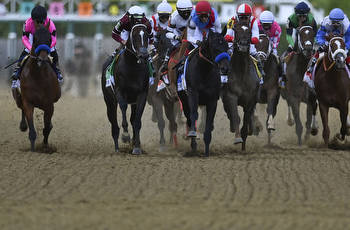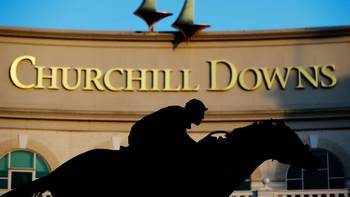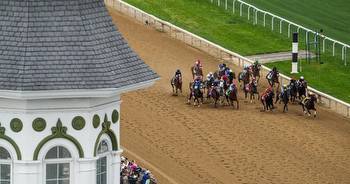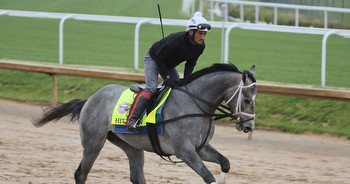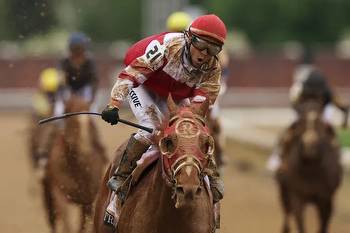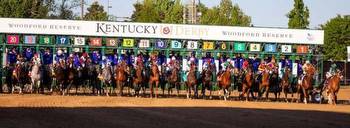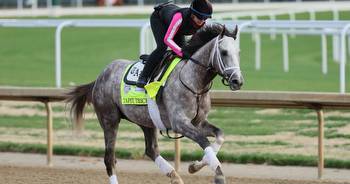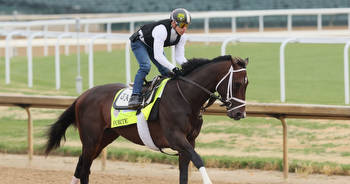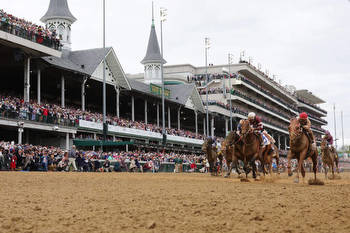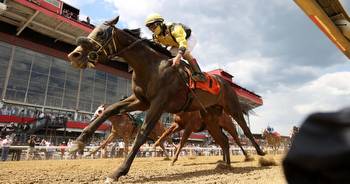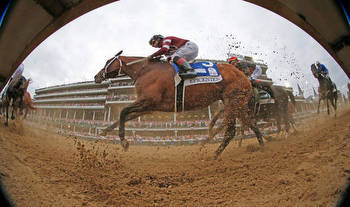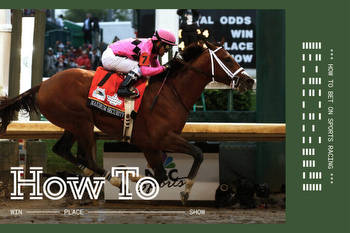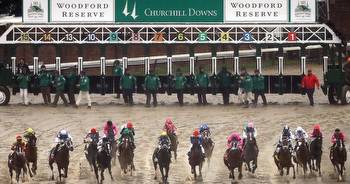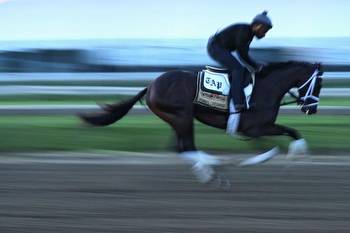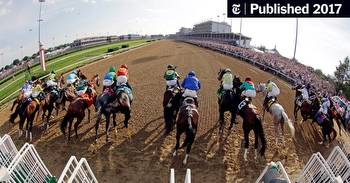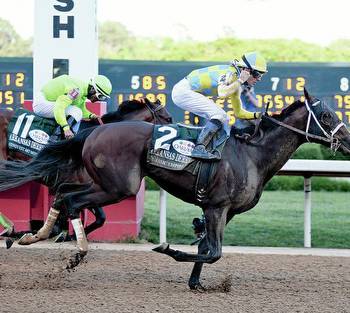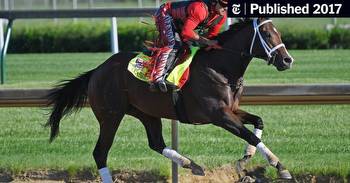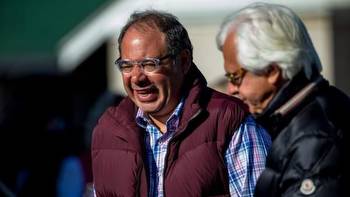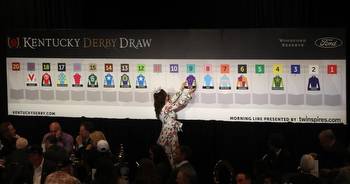The Significance of Post Position in the Kentucky Derby
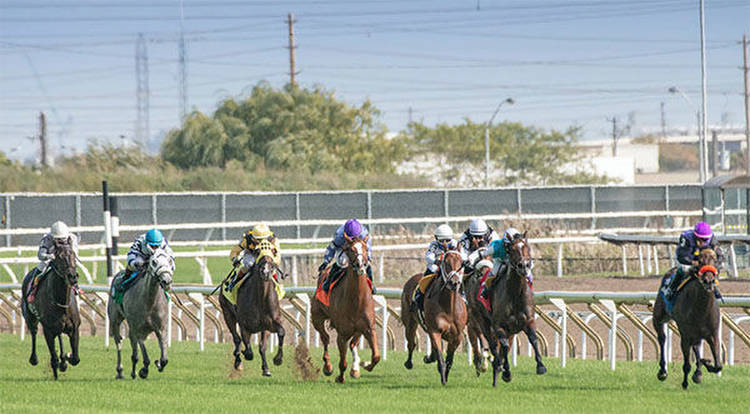
The Kentucky Derby is a high-stakes event that attracts horse racing enthusiasts worldwide. While many factors can determine the race’s outcome, post position is among the most significant.
With up to 20 horses vying for a spot at the front of the pack, the jockey’s ability to position their horse correctly can mean the difference between victory and defeat. So, what exactly is a post position, and why does it matter so much in the Kentucky Derby?
This blog post will explore the significance of post position in the Kentucky Derby and how it can affect a horse’s chances of taking home the coveted trophy.
What is Post Position in Horse Racing?
Post position refers to the starting gate assigned to a horse before a race. For example, 20 horses compete in the Kentucky Derby; each is assigned a numbered stall at the starting gate.
The number one post position in the Kentucky Derby is located on the inside rail, while the number 20 post position is located on the far outside.
The Impact of Post Position On Betting Odds
The post position can significantly impact a horse’s performance and, subsequently, the Fanduel Derby betting odds. Generally, the inside positions are more favorable since they provide a shorter distance to the first turn. Plus, the horse can save energy by staying on the rail.
On the other hand, outside positions may require a horse to run a longer distance. Hence, making it more difficult and taxing for the horse to find a suitable position during the race’s early stages.
Horses with the best post positions usually have their odds reduced since they have a better chance of winning. On the other hand, horses with adverse post positions often see a rise in odds because they have a lower probability of winning.
How Does Post Position Impact The Kentucky Derby?
Post position can significantly impact a horse’s performance in the Kentucky Derby. While there is no perfect post position, each has pros and cons.
Pros of being in an inner or outer position:
- Horses in the innermost post positions (1-3) have the shortest distance to the first turn, which means they can save ground and conserve energy. In addition, they may be able to establish a good early position and avoid traffic.
- Horses in the outermost post positions (14-20) have more room to maneuver and may avoid getting squeezed or blocked by other horses. They also have a better view of the field and can react to other horses’ movements.
Cons of being in an inner or outer position:
- Horses in the innermost post positions can get trapped on the rail and have nowhere to go if other horses are blocking them. They may also get caught in traffic and lose ground.
- Due to the broader turns, horses on the outermost post positions may have to run a longer distance, which might be taxing. They risk being caught wide and losing ground if they cannot get a decent position early on.
Examples Of Horses That Won Or Lost The Kentucky Derby Due To Post Position
The post position can play a crucial role in a horse’s performance in the Kentucky Derby, affecting their ability to get a clear shot at the rail and how much ground they have to cover. Here are a few examples of horses that either won or lost the Kentucky Derby due to their post position:
Horses that won the Kentucky Derby due to post position:
- Justify (2018) – This triple crown winner drew the seventh gate at the 2018 Kentucky Derby. This post position is considered favorable and advantageous. It allowed Justify to avoid traffic and stay close to the rail, a significant advantage in the Derby.
- American Pharoah (2015) – American Pharoah won the Kentucky Derby starting at the 18th post position, which is considered challenging. Fortunately, American Pharoah overcame it with his speed and talent.
- California Chrome (2014) – California Chrome drew the fifth post position, which allowed him to get a good start and stay out of trouble.
Horses that lost the Kentucky Derby due to post position:
- Lookin at Lucky (2010) – Lookin at Lucky started from the 1st gate and was bumped and jostled early in the race. He was never able to recover and finished 6th.
- Curlin (2007) – 2007 Kentucky Derby favorite Curlin was expected to prevail. He drew the post position 2, which proved to be a disadvantage as he was boxed in by other horses and finished 3rd.
- Classic Empire (2017): The 2017 Kentucky Derby favorite Classic Empire drew the fourteenth post, which hurt his chances of winning. Even though he was talented, Classic Empire couldn’t overcome the disadvantage of starting from such a wide position and came in fourth.
Takeaway
It’s crucial to consider the post position when handicapping the Kentucky Derby or any horse race. Although not the sole determinant of a horse’s performance, it can significantly impact the race’s outcome.
As a horse racing enthusiast, understanding the significance of post position can enhance your enjoyment of the sport and improve your ability to make informed wagers. By considering a horse’s post position and other crucial variables, you can better grasp which horses may be most qualified to win the Kentucky Derby.









